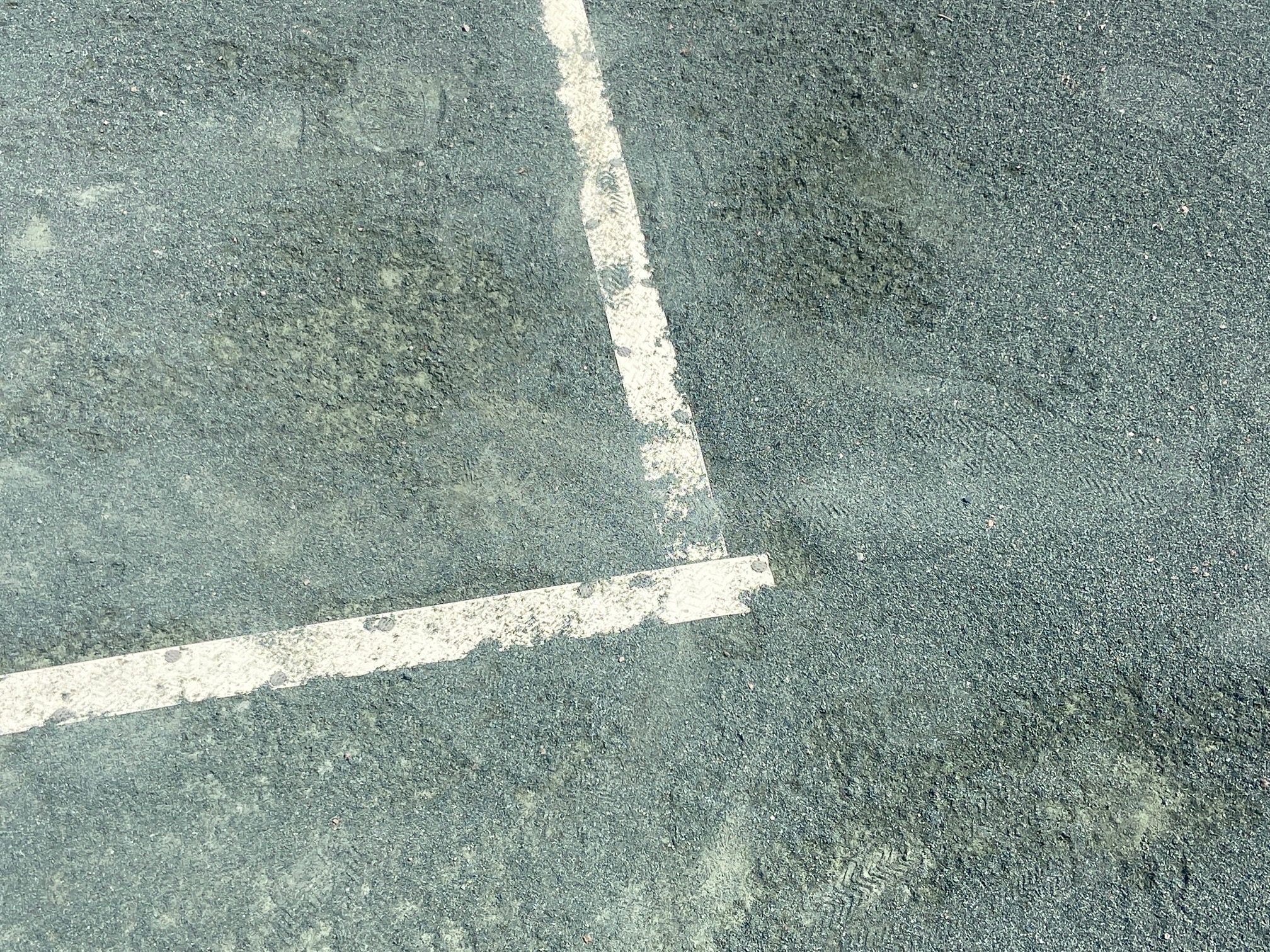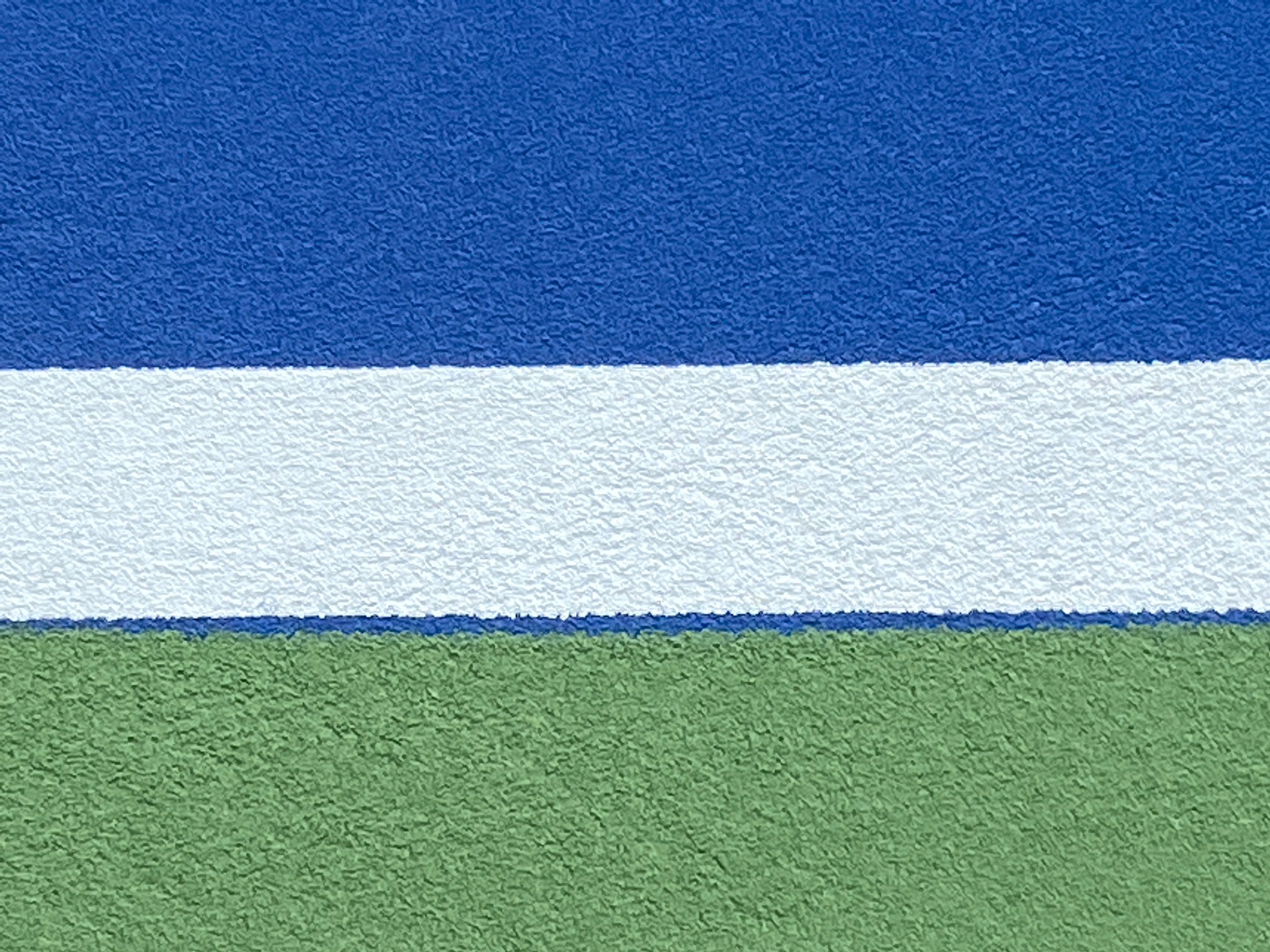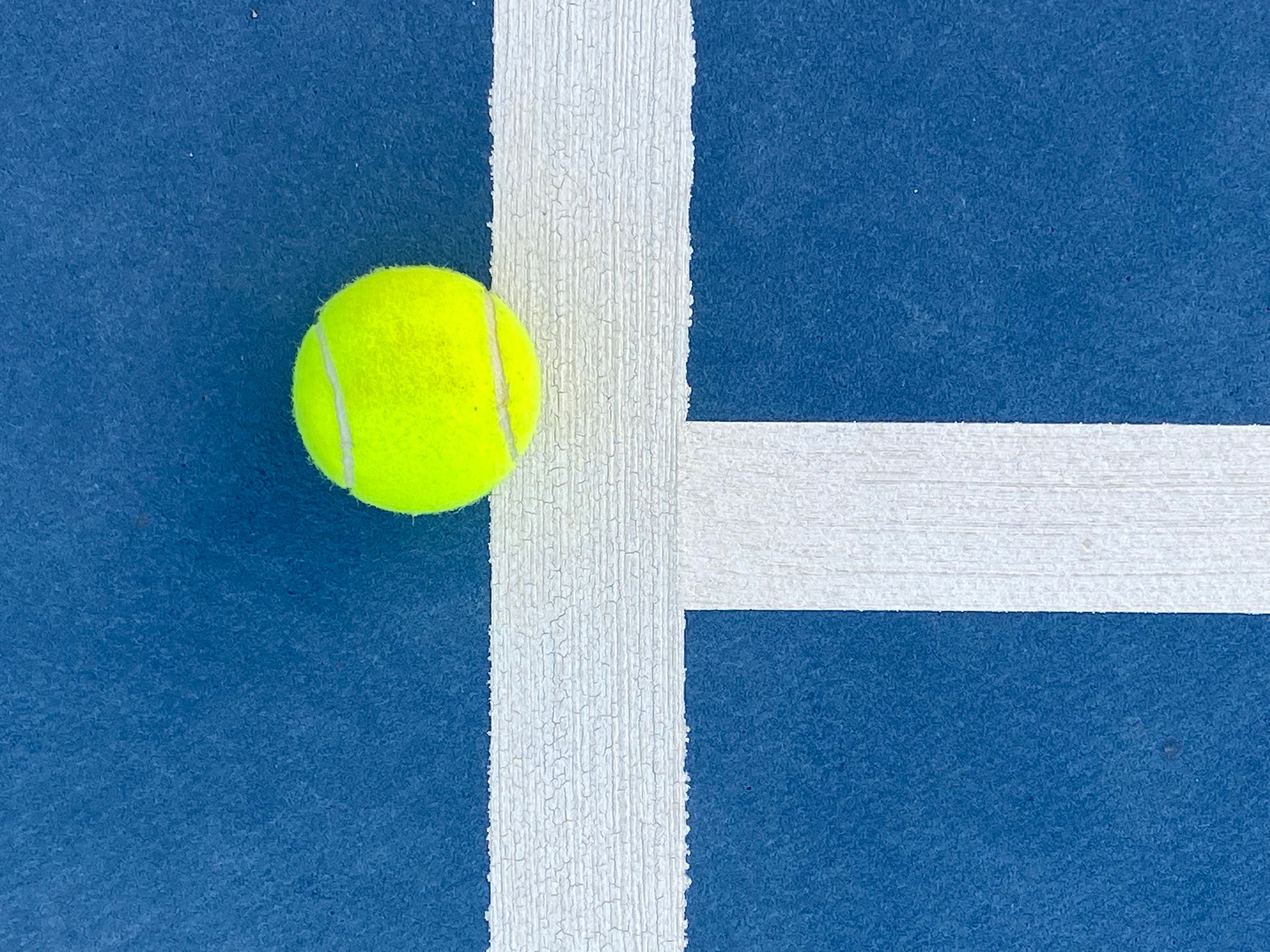Fiend at Court Unplugged
Remember that time when Andy Murray couldn’t keep his balls in his shorts? In 2012, there was an issue with Murray’s clothing that resulted in tennis balls accidentally falling out of his pocket during points. The recurring hindrance calls forced Adidas to make a mid-tournament update to his shorts to address his issues. It is an interesting case study in a hindrance caused by something that is within a player’s control yet still unintentional.
In 2020, the “Hindrance: Unintentional Acts” post covered the ITF Rules of Tennis section that pertains to that situation.
However, the point shall be replayed if a player is hindered in playing the point by either an unintentional act of the opponent(s), or something outside the player’s own control (not including a permanent fixture).
ITF Rules of Tennis, USTA Friend at Court, Section 26
In that original post it was observed that in professional tennis matches a “let” is called and the point is replayed only on the first occurrence. If the same unintentional act happens a second time, the point is lost for the hindering player. At the time, it was observed that the practice is inconsistent with the ITF Rules of Tennis.
As it turns out, the ATP Rulebook is the document where that application of the inadvertent hindrance rule is documented.
Inadvertent or Deliberate event. A distraction occurring on-court may be ruled inadvertent (unintentional) or ruled deliberate.
Inadvertent distractions may include the following (a “Let” may be called in these cases): a ball rolling onto the court; a ball falling out of a pocket; a hat falling off; or an involuntary sound or exclamation (ex. verbal reaction to an injury) from a player. Any player who created the hindrance must be advised that the next time play is stopped by the Chair Umpire because of that player’s similar actions; it shall result in a loss of point.
ATP Official Rulebook, VII.2.a
The interesting thing is that in USTA officiated matches, I have observed that players generally use the same protocol as in ATP officiated matches. However, the ATP Rulebook is not applicable to USTA tennis. Consequently, the correct procedure is to call a let and replay the point every time.
The journey of discovery continues.
- United States Tennis Association (2021), Friend at Court: Handbook of Rules and Regulations, White Plains, NY
- ATP Tour (2021, The 2021 ATP® Official Rulebook, the United States of America.




When undergoing training as a USTA Official and an LTA (GB) official, I recall the interpretation of the rule of ‘unintentional hindrance’ for when a ball falls out of the pocket or, famously, the beads from Venus Williams hair braids, was instructed to be the same as the ATP wording, ie. the first time is a ‘let’ the second time the person causing the unintentional hindrance is penalised with a code violation, loss of point.
The first time an ‘unintentional hindrance’ occurs can be regarded as ‘accidental’ even though it is within the control of a player. If the same ‘unintentional hindrance’ happens a second time, then the officials view is the player was aware of the problem and is negligent in not preventing it happen again and is, therefore, culpable.